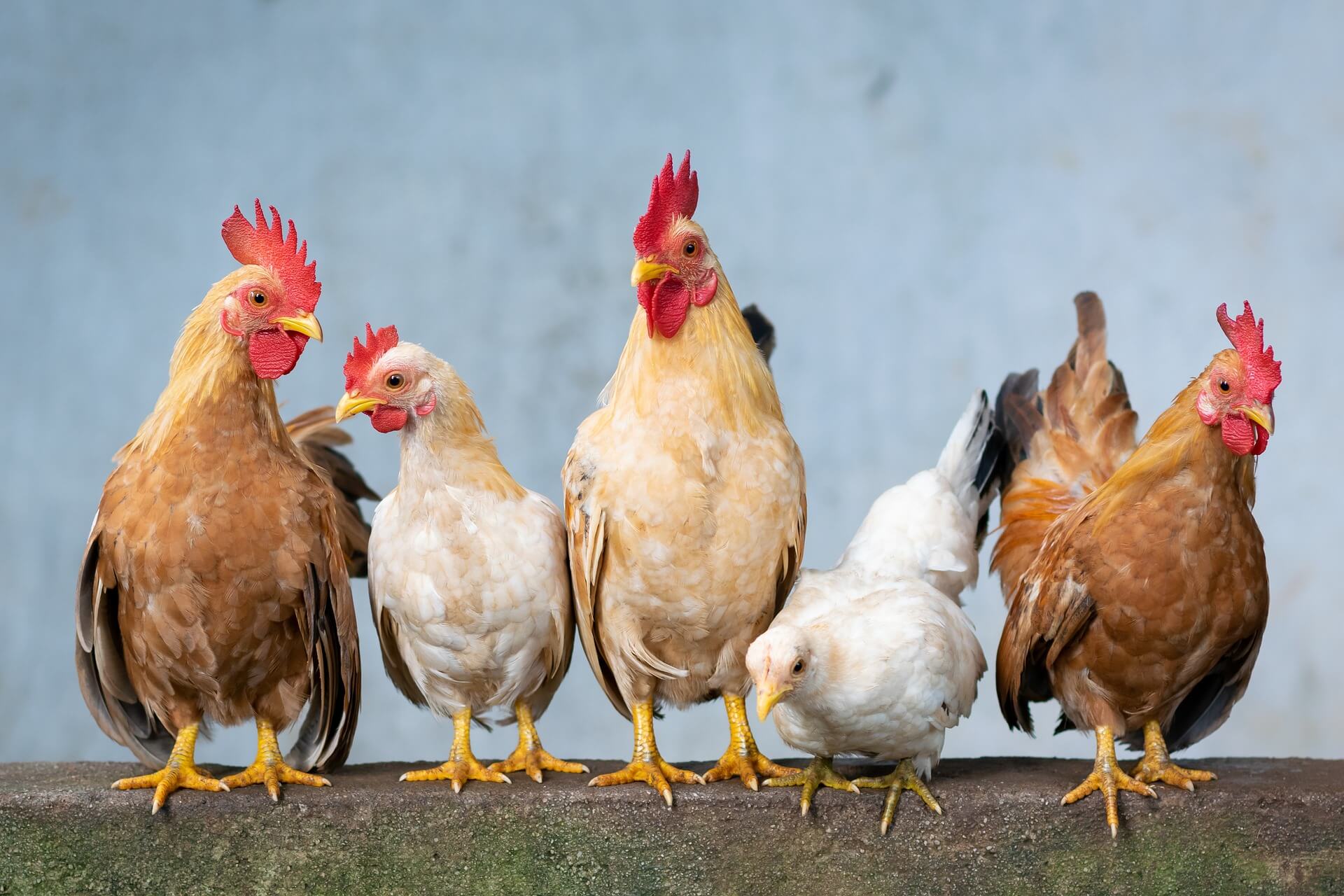Every year on May 14th, Americans bust out their silliest moves, flap their elbows, and wiggle their tail feathers for National Dance Like a Chicken Day. Yes, it’s real—and yes, it’s gloriously absurd. But beneath the goofy surface lies a surprisingly rich tale of pop culture, tradition, and unabashed joy. Whether you’re a seasoned Chicken Dance aficionado or a curious newbie, this powerfully quirky holiday offers the perfect excuse to let loose and laugh.
Table of Contents
What Is National Dance Like a Chicken Day?
National Dance Like a Chicken Day celebrates the infectious, elbow-flapping phenomenon known as the Chicken Dance. It’s a day when self-seriousness takes a backseat and whimsy rules the dance floor. People across the country honor the tradition by performing the famous dance at parties, school events, nursing homes, and even in office hallways (bonus points for costume wings).
Originally known as the “Der Ententanz” (The Duck Dance), the tune was written by Swiss accordionist Werner Thomas in the 1950s. But it wasn’t until the 1970s that it migrated to American shores—and never looked back. Renamed and repackaged as the “Chicken Dance,” it became a staple at weddings, Oktoberfests, and yes, your Aunt Linda’s third marriage reception.
The Strange and Wonderful History of the Chicken Dance
Let’s rewind. Picture it: a cozy alpine pub in Switzerland, mid-1950s. Werner Thomas, accordion in hand, plays a catchy little tune that gets toes tapping and arms flapping. Initially inspired by birds, his tune mimicked their waddles and flutters. A few decades later, a Belgian producer got hold of it, and eventually, it hatched into a full-blown novelty song complete with its own dance moves.
By the 1980s, the Chicken Dance was a cultural juggernaut in the U.S.—a guaranteed crowd-pleaser at weddings and bar mitzvahs. Its popularity spread not because it was sophisticated (it’s not), but because it’s utterly democratic. Anyone can Chicken Dance. No rhythm? No shame. That’s the point.
Why We Love This Bizarre Holiday
On National Dance Like a Chicken Day, the rules of cool are suspended. You don’t need talent, training, or TikTok choreography cred. You just need a willingness to flap like no one’s watching.
The dance is broken down into simple steps:
- Form a beak with your hands and “cluck” four times.
- Flap your wings four times.
- Wiggle your hips four times.
- Clap four times.
- Repeat until laughter ensues or your legs give out.
There’s something liberating about the whole experience. It taps into that primal joy we felt as kids when we danced for no reason other than it felt good.
- PERFECT GIFT: An Ideal Gift For Dad, Mother, Chicken Lovers, Farmers, Housewifes, Gardeners or Anyone Who Appreciates A Good Laugh. It Is A Unique And Thoughtful Present That Will Be Cherished For Years To Come.
- NOVELTY SIGN: This Funny Chicken Tin Sign Is Perfect For Decorating Your Home, Farmhouse, Chicken Coop, Kicthen, Garden Or Any Other Space. It Features A Vibrant And Eye-Catching Design That Will Surely Bring A Smile To Your Face And Add A Touch Of Humor To Your Decor.
- PREMIUM QUALITY: It Is Made From High-Quality Materials, Ensuring Durability And Long-Lasting Use. It Is Printed With Vibrant Colors And Sharp Details, Making It A Visually Appealing Addition To Any Room.
- VERSATILE DISPLAY: The Tin Sign Is Versatile And Can Be Displayed In A Variety Of Ways. It Can Be Hung On Walls, Placed On Shelves, Or Used As A Decorative Table Centerpiece. It’s A Great Conversation Starter And Perfect For Adding A Touch Of Personality To Any Space.
- EASY TO HANG: Comes With Pre-Drilled Holes, Making It Easy To Hang On Any Wall Or Surface. It’s A Hassle-Free Way To Add A Touch Of Humor To Your Decor.
Last update on 2025-09-05 / Affiliate links / Images from Amazon Product Advertising API
Fun Ways to Celebrate
If you’re wondering how to make the most of National Dance Like a Chicken Day, here are some fowl-tastic ideas:
- Office Chicken-Off: Challenge coworkers to a midday dance battle.
- Social Media Shenanigans: Film your best moves and post with #ChickenDanceDay.
- Family Flash Mob: Surprise your kids at breakfast with a full routine.
- Costume Party: Break out the feathers, beaks, and bird onesies.
Schools often use the day as a chance to encourage movement and laughter, while retirement homes embrace it for a dose of nostalgia and joy.
The Dance’s Pop Culture Legacy
The Chicken Dance has earned its place in pop culture history. It’s been featured in everything from “The Simpsons” to “Arrested Development,” and even made appearances at MLB games, where mascots and fans get clucking between innings. Some Guinness World Records even revolve around mass Chicken Dances, with thousands participating at once.
And who could forget the viral videos of groomsmen busting out the dance mid-ceremony, or the rubber chicken remixes that live rent-free on YouTube?
Why National Dance Like a Chicken Day Still Matters
In a world that often takes itself too seriously, National Dance Like a Chicken Day is a much-needed reminder that silliness has power. It’s a low-stakes, high-fun celebration that unites people in laughter, movement, and nostalgia. So go ahead—flap your wings, shake your tail, and dance like a chicken. Because on May 14th, dignity takes the day off, and joy takes the lead.








